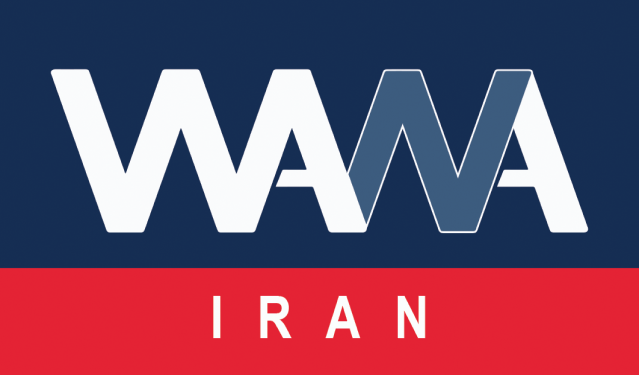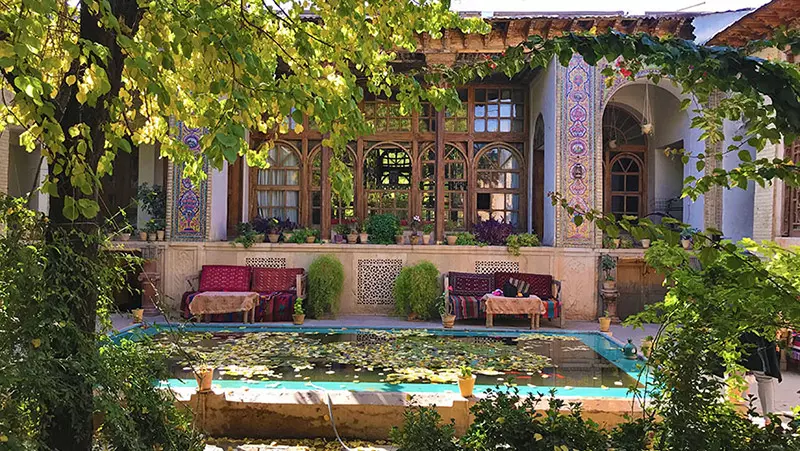Pursuing the Dream of Homeownership in Iran
WANA (Jan 21) – In many European and Western countries, “homeownership” predominantly belongs to the affluent class due to high taxes, while other segments of society are forced to turn to rent—provided they can even find a property to rent.
However, in Iran, historically, not only the wealthy but also many individuals from lower-income groups have been homeowners. In the past, only a small portion of people rented homes, and when asked why they chose to rent, most would mention the desire for change or variety in their lives.
This deeply ingrained tradition has made homeownership an integral part of Iranian culture, where not owning a home is almost considered a shortcoming. This is particularly evident in marriage proposals, where the bride’s family often expects the groom to own a house. However, today, buying a home in Iran, much like in European countries, has become possible only for the affluent class.
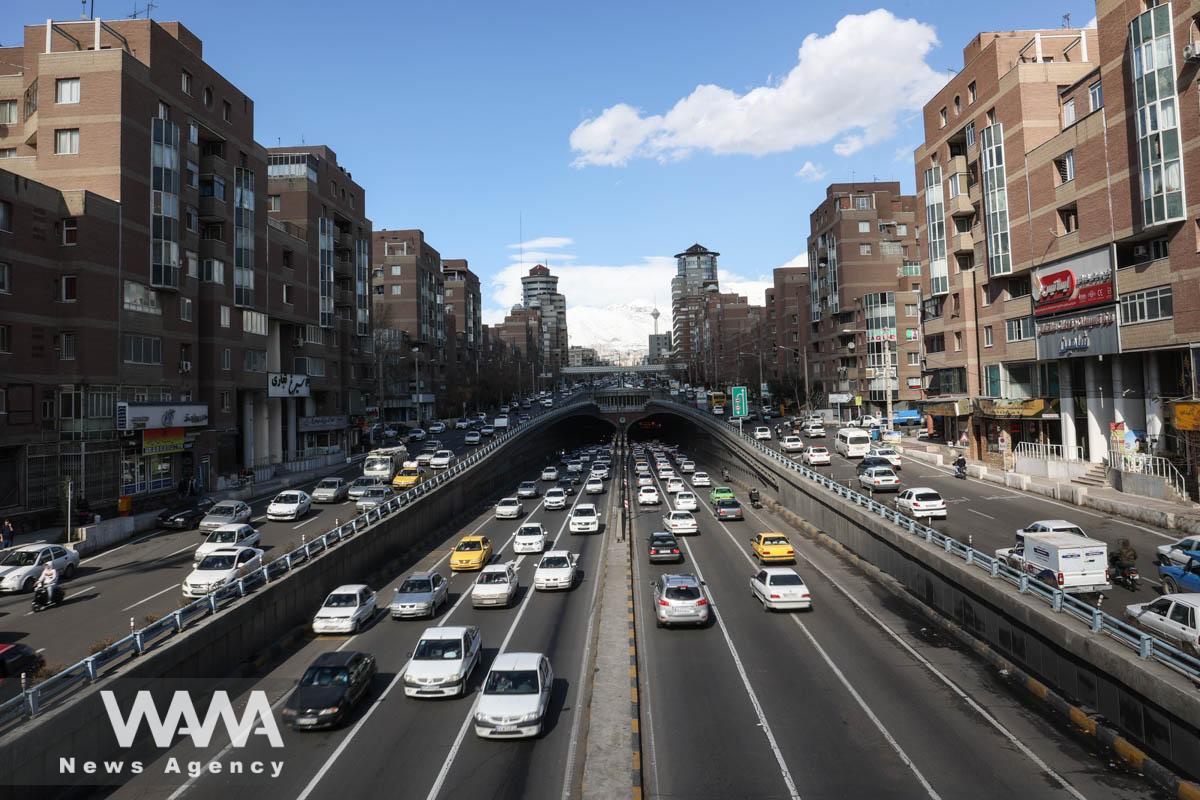
A general view of buildings in Tehran, Iran, December 2024. Majid Asgaripour/WANA (West Asia News Agency)
Young individuals who dream of getting married but cannot afford to buy a home or fathers striving to expand their small houses to provide better living spaces for their families are all under immense pressure in this regard. The story doesn’t end here. Beyond homebuyers, even renters are being forced year after year to move from more desirable neighborhoods to areas with lower rental costs.
When a father sees his three children arguing in a 12-square-meter room inside a 50-square-meter home over who should get a larger share of the space, he feels overwhelmed and powerless. Despite being familiar with the Iranian cultural value of contentment, the children can only endure up to a point in such situations.
When they see the glamorous lives of others showcased on social media, they become increasingly disheartened and demotivated about their own circumstances. This issue carries even greater weight in Iranian families, who place special importance on the interior design of their homes, from furniture to size.

A general view of buildings in Tehran, Iran, December 2024. Majid Asgaripour/WANA (West Asia News Agency)
With rising inflation, intensified sanctions, and a devaluation of the national currency, buying a house or land—once considered a means of saving and investing—has now become a dream for young people.
The purchasing power for homes has drastically declined among many Iranians. Given the average monthly salary, including overtime, of approximately $250, the cost of a 50-square-meter house in an average neighborhood in Tehran is nearly $100,000. At this rate, it would take years for an individual with a middle-income salary to afford a home, assuming inflation remains stable.
The Iranian government has introduced the “National Housing Movement” plan to address this issue and provide housing for families. This plan allows applicants to become homeowners through installment payments. However, it has recently faced some challenges.
One significant recent development is a message sent to applicants of the National Housing Movement in Parand, stating that they must pay 160 million tomans (approximately $2,000) to increase their initial deposit to 480 million tomans (approximately $6,000).
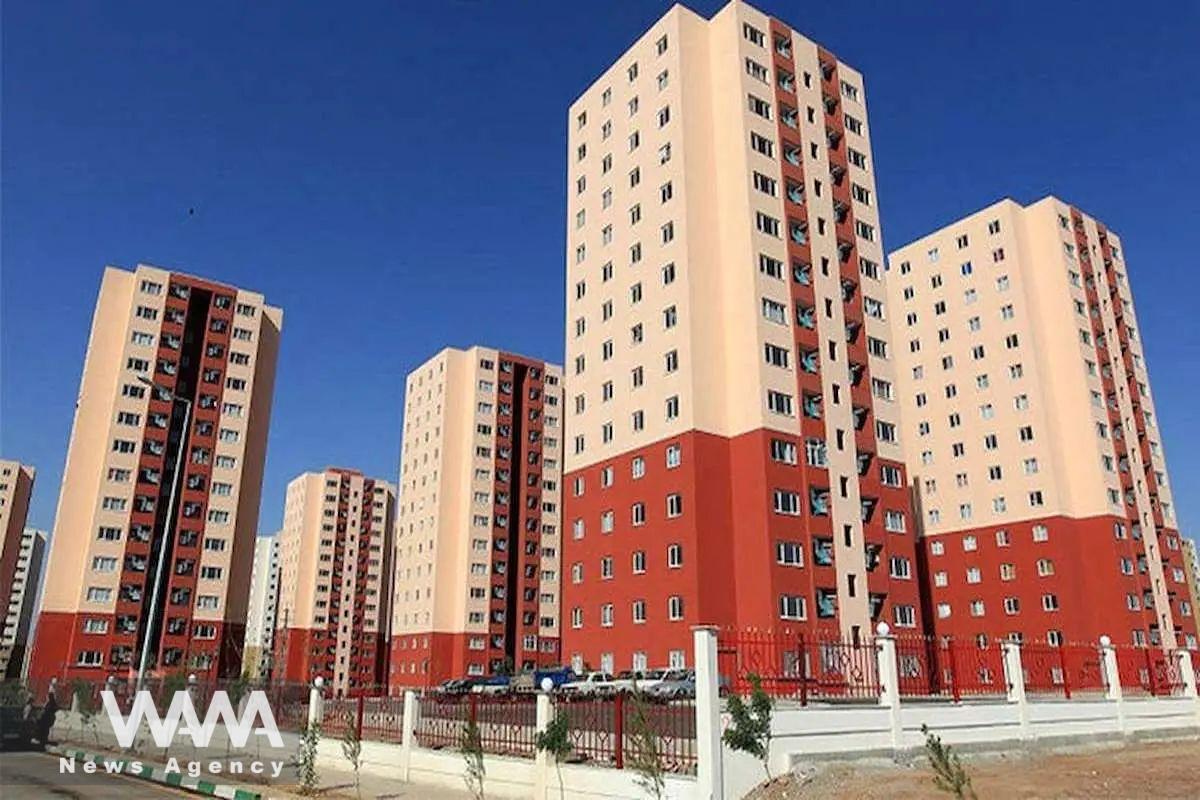
The National Housing Movement House. Social media/ WANA News Agency
This comes despite initial monthly installments for applicants being announced at around 40 million tomans (approximately $500). Unexpectedly, in the ninth payment phase, the amount was increased fourfold to 160 million tomans ($2,000). Another notable point is that failing to make the payment by the specified date will result in a reduction of the applicant’s score and a delay in the delivery of their housing unit.
In this situation, the question is how applicants with low income could possibly afford this hefty amount ($2,000) in just one month. Although these changes may be aimed at accelerating the implementation of housing projects, this process disregards the financial capacity of many applicants and has placed additional pressure on them. Many applicants, due to difficult financial conditions and increased installments, have been forced to withdraw from the plan.
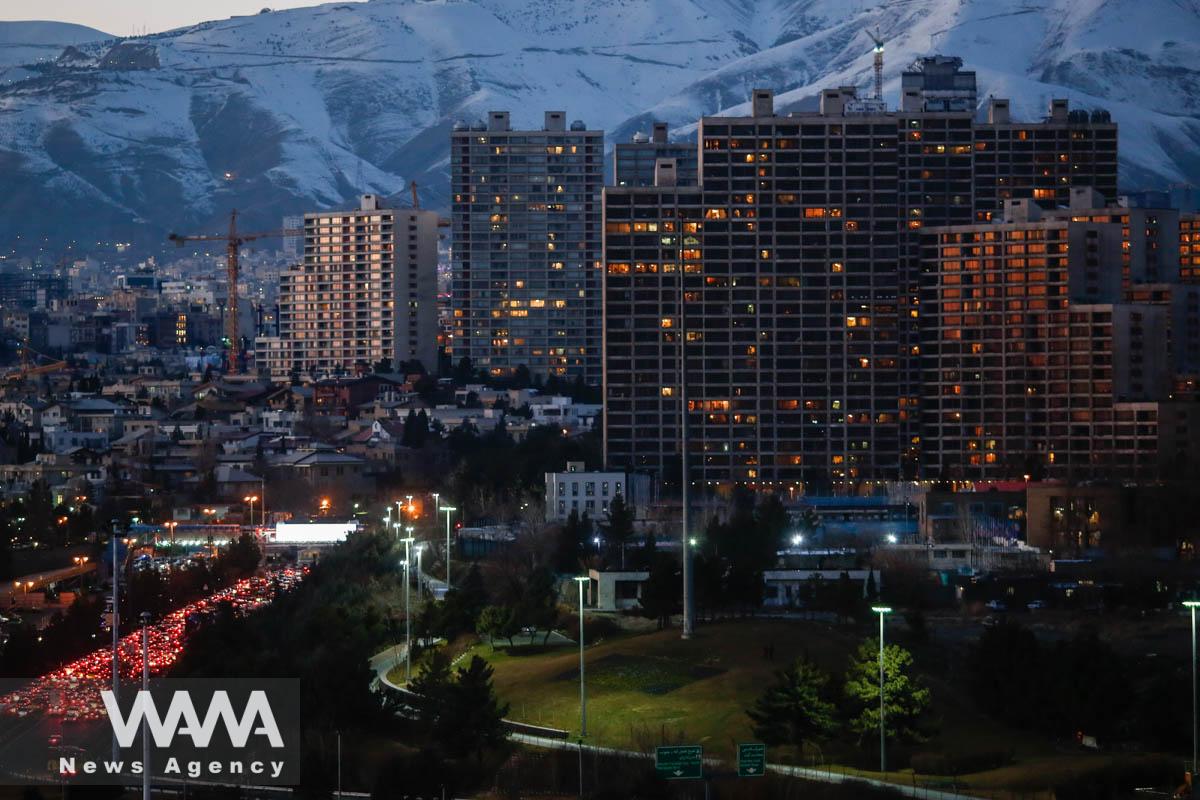
A general view of buildings in Tehran, Iran, December 2024. Majid Asgaripour/WANA (West Asia News Agency)
According to experts, Iran, with an approximate population of 89 million, is facing a shortage of about 7 million housing units. Each year, due to population growth and the formation of new households, around 800,000 housing units are added to the country’s demand. Based on estimates and planning by the Ministry of Roads and Urban Development, Iran will need approximately 12 million new housing units by the end of 2031.
According to the latest general census of population and housing in 2016, the number of housing units in Iran was around 29 million. Since then, no new census has been conducted; therefore, more accurate and up-to-date statistics are not available.
The time required to solve Iran’s housing problem depends on several factors, such as the speed of housing construction and production, financing, infrastructure, and the effectiveness of policies. In the best-case scenario, if the plans are executed smoothly and with sufficient speed and resources, it will take about 10 years to significantly alleviate the housing crisis in Iran.
